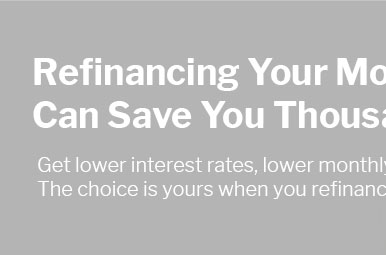refinance rates chart explained for smarter mortgage decisions
Why it matters
A clear, current refinance rates chart helps you see how small rate moves ripple through monthly payments and lifetime interest. With it, you can align a refinance with goals like lowering cash flow strain, shortening the term, or unlocking equity for renovations while keeping risk in check.
How to read the numbers
Distinguish rate from APR (fees included), and note whether quotes assume points. Compare columns by term (15 vs 30), loan size tiers, and credit bands. Check add-ons such as cash‑out or investment property adjustments, and estimate a break‑even: total costs divided by monthly savings.
- Collect quotes on the same day and time window to reduce market noise.
- Match assumptions: credit score, occupancy, loan‑to‑value, property type, and escrow.
- Track the yield curve; flatter curves often narrow the 15/30 spread.
- Watch volatility around inflation data and Fed meetings; lock strategically.
- Use scenarios: +/‑ 0.25% rate shocks and different point structures.
- Recalculate taxes and insurance if cash‑out changes balances.
Update your chart weekly, annotate sources, and keep screenshots. If the break‑even exceeds your expected stay, waiting or paying fewer points may be wiser.
















